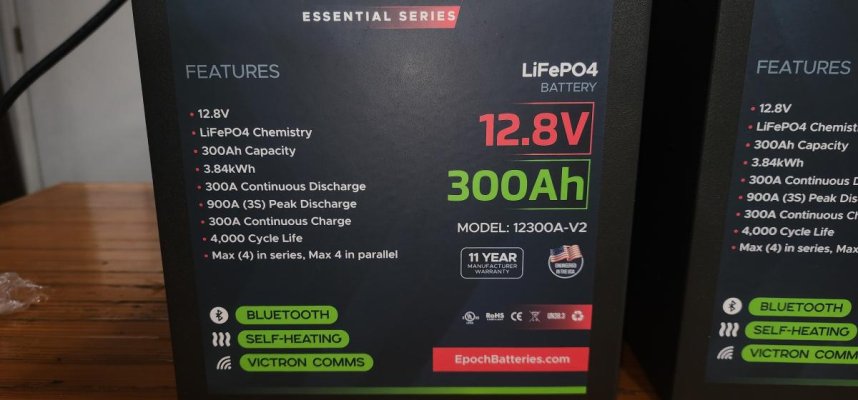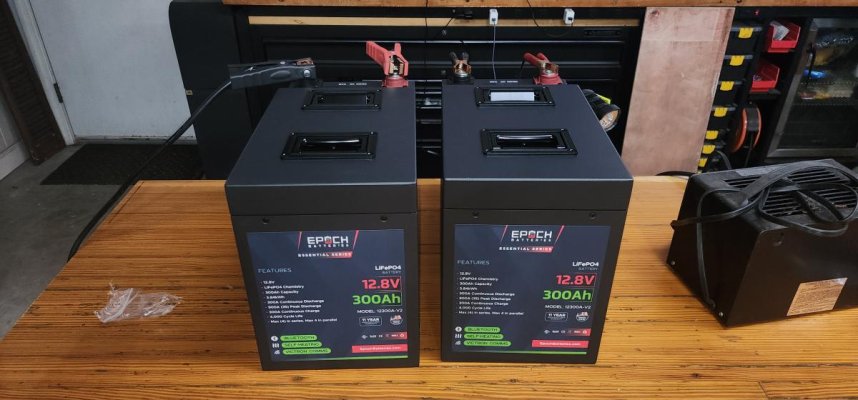That sounds like your charger has a program that happens to be suitable for LFP. Some chargers will, some won't. It also depends on how long it will stay in absorb at the higher voltage vs how long an absorb cycle your LFP batteries recommend.
Of it matters if the charger has a close enough setting to spec'd. I never intended to suggest that someone with a 20+ year "dumb" 1/no setting charger doesn't need to get a different for lithium. But they should have done that long ago.
Nothing I have read says that lithium can not handle being at 14.1-14.4 for the hour or so that MOST chargers would do at absorption on an AGM setting before dropping to float and stay there. Isn't that the same as people who believe there is a need for "top balancing"?
Here is what Battleborn says
"We recommend a bulk and absorption voltage of 14.4 V. A float is unnecessary, since li-ion batteries do not leak charge, but a floating voltage under 13.6 V is fine."
Here is what Canbat says
"In order to fully charge a 12V LiFePO4 battery, a charger with a voltage of 14V to 14.6V is required. Most AGM battery chargers are within that range and they would be compatible with Canbat lithium batteries. If you have a charger with a lower voltage, it may still charge the battery, but it won't charge it to 100%."
Here is what Dakota says
"All Dakota Lithium batteries should be charged using a LiFePO4 compatible charger like any in this collection. SLA or lead acid chargers will reduce the performance and lifespan of the battery. Specifically lead battery chargers use a lower voltage that will only fill 80% of a lithium battery, while also stressing the lithium chemistry. Lithium chargers charge at a higher voltage, and are programmed to optimize the lithium chemistry for a longer life. Lithium chargers also allow for a charging time that is 5X faster then lead acid, as fast as a 1 hr charge time (1C)."
Lets look at this statement some:
1- "Specifically lead battery chargers use a lower voltage that will only fill 80% of a lithium battery, while also stressing the lithium chemistry." - Why would it only be 80% is the battery charger hits the same voltage spec??? What is this mystery stress and why would a lard acid battery charger make a difference??
2- "Lithium chargers charge at a higher voltage, and are programmed to optimize the lithium chemistry for a longer life" - what is this "higher voltage as most FLA charger charge to an even higher voltage of 14.6+
3-"Lithium chargers also allow for a charging time that is 5X faster then lead acid, as fast as a 1 hr charge time (1C)." - How does this mystery 5x faster happen unless the charger has 5x the capacity. A regular battery charger will put out its' full amp rating till the battery stops accepting it and LFP is no different.
So I easily found 3 manufacturers basically saying an AGM etc. setting on a "modern" charger are just fine. I tried to find what manufacturers of "lithium chargers" say is different than an AGM/GEL/lead battery setting in the correct voltage specs and gave up. If someone else what to tracks down and find a couple that say that is great, post it.


